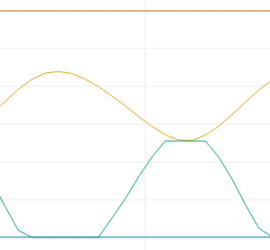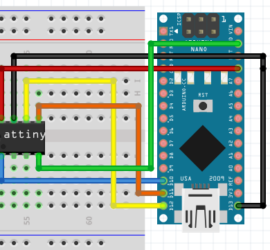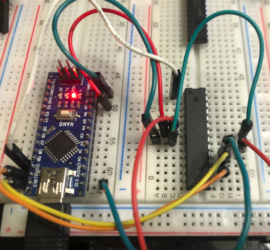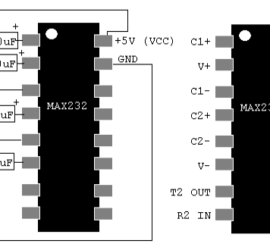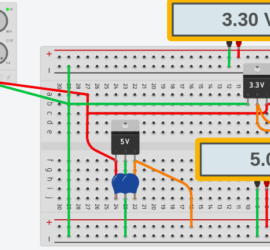Tuning an Arduino PID
Introduction to Tuning an Arduino PID In this section, we’ll discuss Tuning an Arduino PID loop. Before we begin, it’s important to familiarize ourselves with what PID is. PID stands for “Proportional, Integral, and Derivative”. Don’t let the name be intimidating though. It’s just a way to provide the exact Read More »

